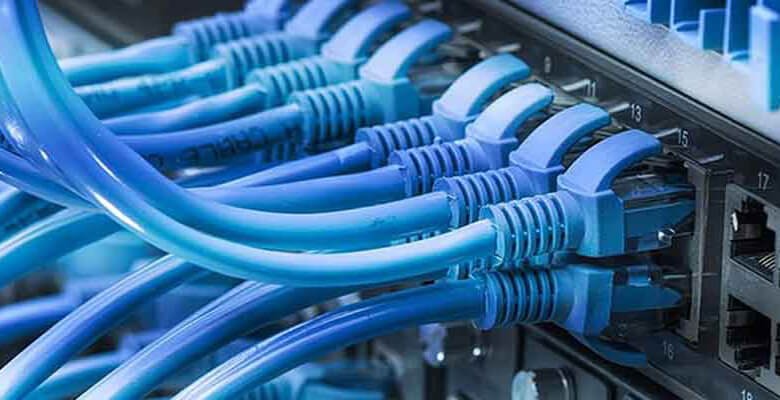The first and most evident distinction between fiber optics and Ethernet is speed. Under optimal conditions, fiber can sustain data speeds more than 100x faster than Ethernet. That being stated, the question becomes whether such high data rates are required in an environment.
Cost
Ethernet cables are generally less expensive than fiber optic cables. This is because Ethernet cables are made of copper, which is a cheaper material than the glass or plastic used in fiber optic cables. Additionally, Ethernet cables are easier to install and terminate than fiber optic cables, which can require specialized tools and expertise.
Fiber optic cables are generally more expensive than Ethernet cables. This is because the manufacturing process for fiber optic cables is more complex and requires specialized equipment. Additionally, fiber optic cables require more advanced installation techniques, which can add to the overall cost of the installation.
Interference
Other electrical equipment might cause interference with Ethernet wires. This can result in data loss or transmission issues. Other electrical cables, fluorescent lights, and even microwave ovens might produce interference.
In contrast, fiber optic connections are impervious to interference from other electrical devices. This is due to the fact that fiber optic cables carry data using light waves that are unaffected by other electrical signals. This means that fiber optic connections can transmit data more reliably and consistently than Ethernet cables.
Bandwidth
The bandwidth that Ethernet cables can support is restricted. The highest bandwidth that a typical Ethernet cable can deliver is 1 Gbps (gigabit per second). Newer Ethernet cables, such as Cat6 and Cat7 cables, can, however, enable larger bandwidths of up to 10 Gbps.
Fiber optic cables, on the other hand, have substantially larger bandwidth capacities than Ethernet cables. At the moment, the highest bandwidth that can be sent over a single fiber optic connection is roughly 100 Gbps. Fiber optic lines can therefore support substantially higher data rates than Ethernet cables.
Distance
Fiber optic cable has a greater maximum distance, measuring in miles instead of a few hundred feet. Fiber suffers less attenuation (signal loss) than Ethernet, giving it a maximum distance of anywhere from 984 feet (300 Meters) for a single cable to over 24 miles depending on the type of fiber and supporting equipment being used. By comparison, Ethernet can go from 328 feet (100 Meters) with a single cable to 1.76 miles with supporting equipment.
Transmission engineering
Ethernet cables are copper connections that transport data between devices using electrical impulses. The data is sent as electrical impulses through the copper wire of the cable. The data is transferred as packets, which are decoded at the receiving end to reassemble the original message.
Fiber optic cables, on the other hand, transport data via light waves. The cable is comprised of a thin strand of glass or plastic that has been coated with cladding. The light waves are transmitted through the cable's core, which is surrounded by cladding. The light waves are transmitted via a technique known as total internal reflection, in which the light is reflected back and forth within the cable's core, preventing it from leaking out.


